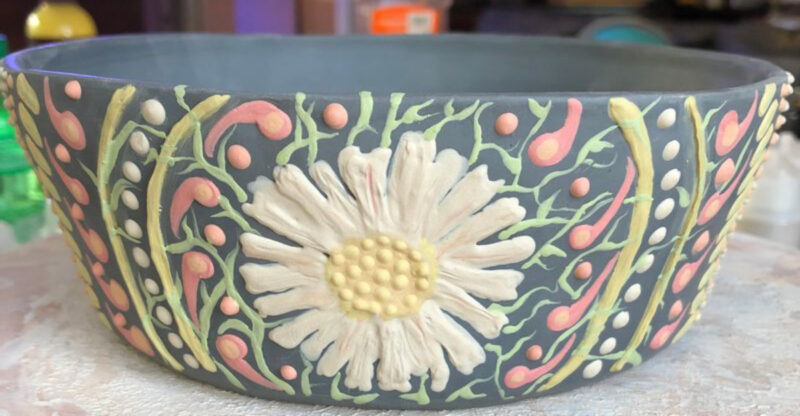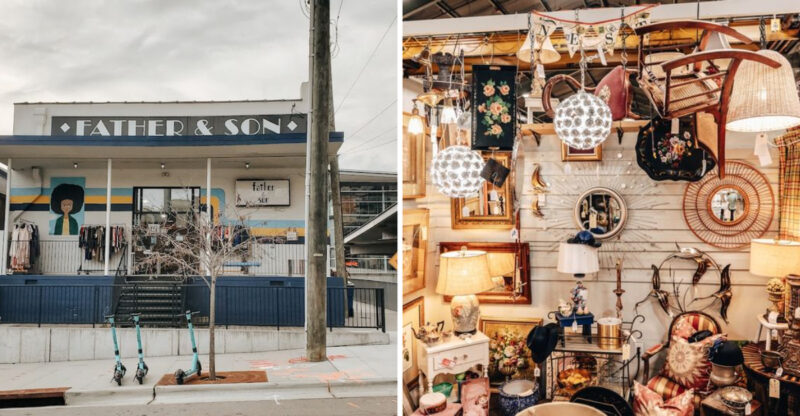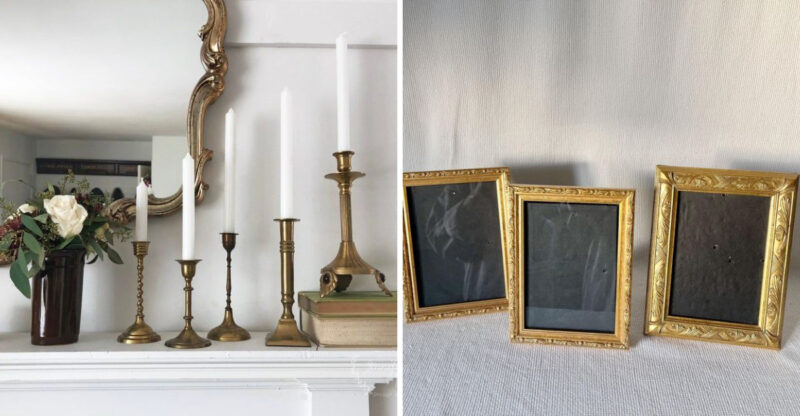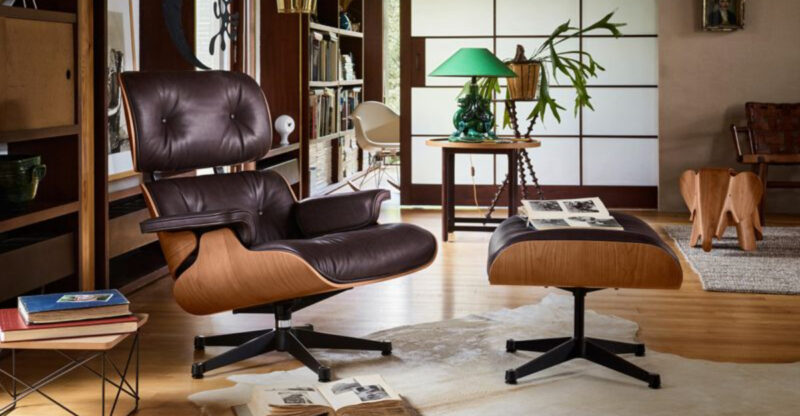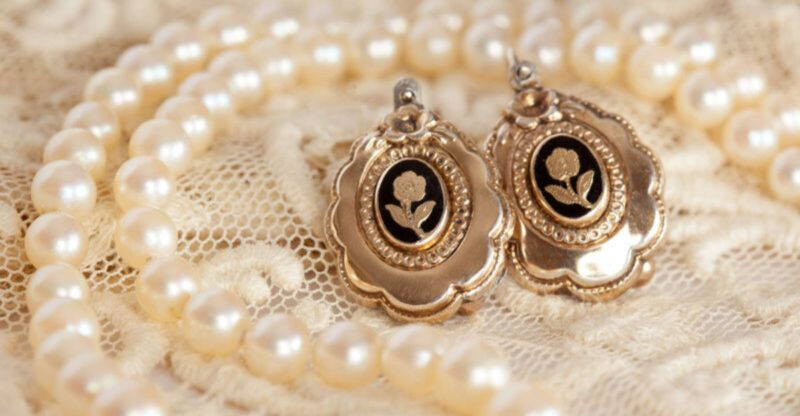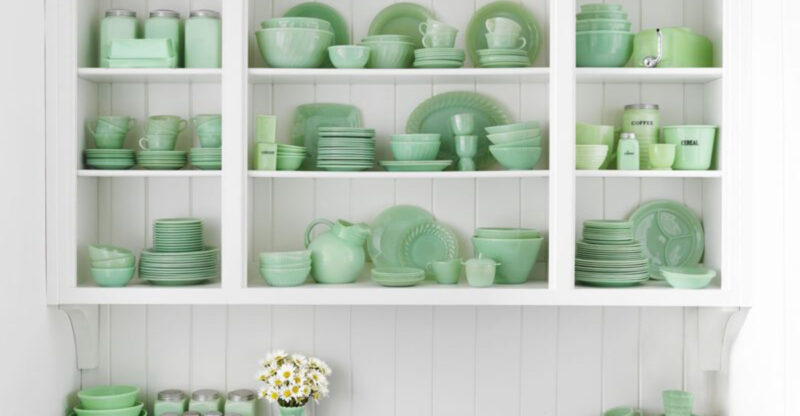5 Depression Glass Patterns Collectors Avoid (Plus 3 That Still Go Unwanted)
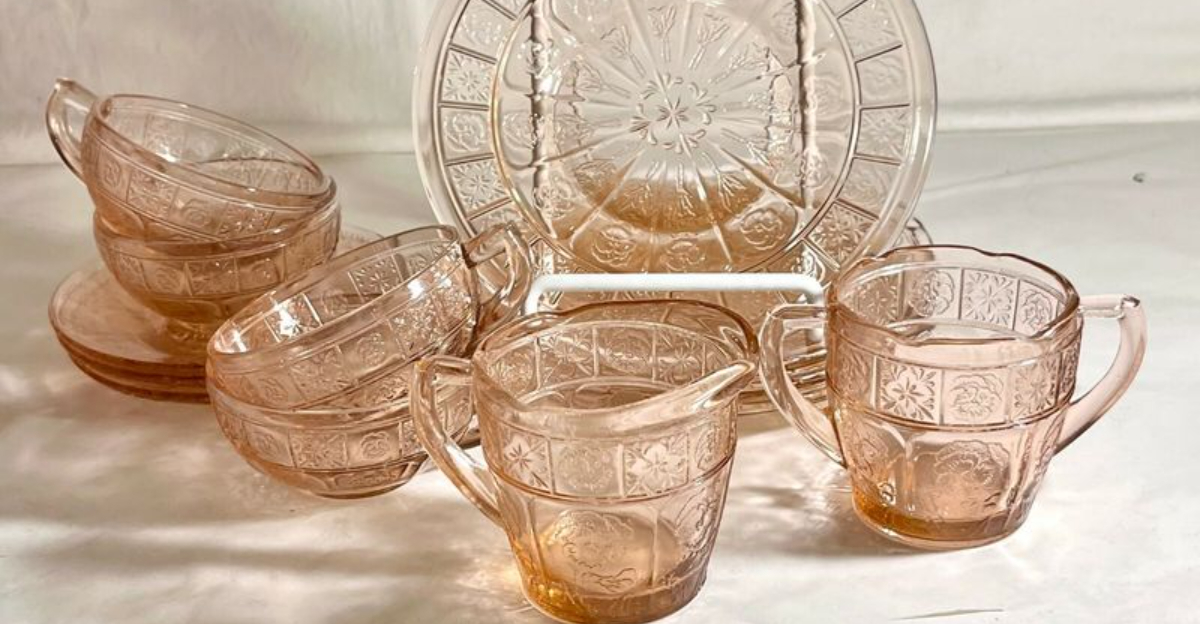
Depression glass has a way of turning up in unexpected places – flea markets, estate sales, tucked-away cabinets – and for some collectors, the hunt never gets old. With its candy-colored hues and nostalgic charm, this vintage tableware still draws plenty of attention.
But not every pattern earns a prized spot in a display case.
Some pieces get passed over again and again, no matter how authentic or affordable they are. In a world where design, rarity, and desirability matter, a few patterns just can’t seem to catch a break.
1. Federal Madrid

Once manufactured in abundance, this pattern’s overwhelming availability has dampened its collectible status. Most pieces sell for just a fraction of other depression glass varieties.
The distinctive geometric design features squares and circles that don’t resonate with today’s collectors who prefer floral motifs. Pink and amber Madrid pieces occasionally generate interest, but clear versions barely move in antique markets.
2. Hazel-Atlas Florentine #2
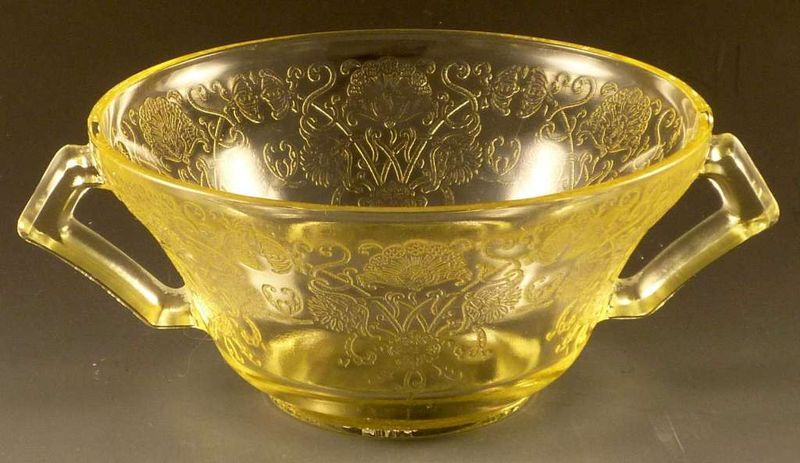
Commonly found at estate sales, this pattern’s widespread availability has severely diminished its value. The scrollwork design appears dated rather than vintage-chic to modern collectors.
Yellow Florentine pieces particularly struggle to find homes in today’s market. Despite being authentic depression glass, most pieces sell for under $10, making them affordable but unprofitable for resellers.
3. MacBeth-Evans American Sweetheart In Monax
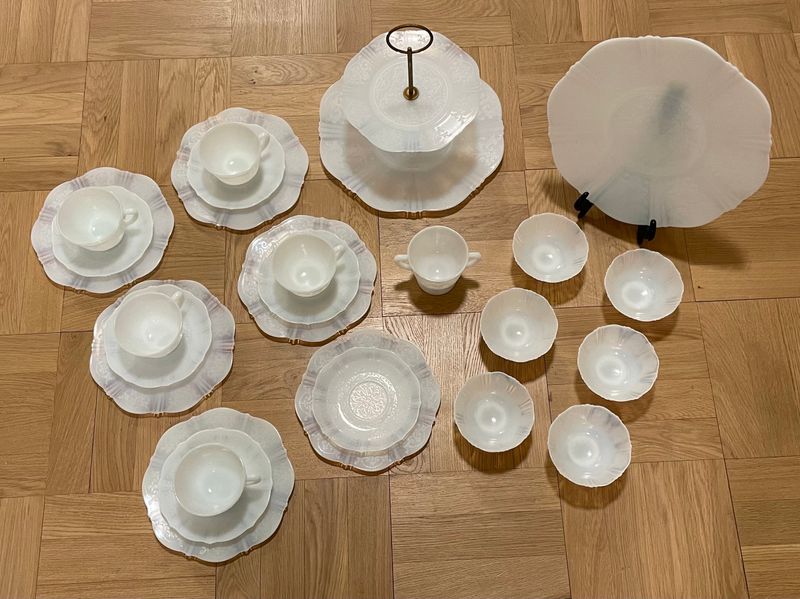
Monax’s milky white appearance lacks the vibrant appeal of colored depression glass that collectors typically seek. The subtle patterns disappear in certain lighting, making display cases look empty rather than showcasing the glass.
Reproduction confusion further complicates collecting, as many buyers can’t distinguish between original pieces and later copies. This uncertainty drives down prices and collector interest.
4. Indiana Glass Horseshoe
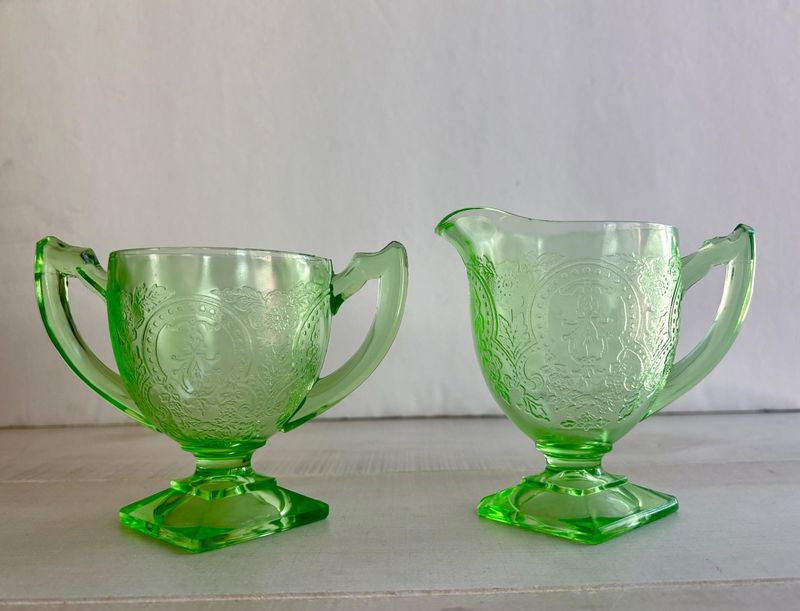
Collectors frequently pass over this pattern due to its simplistic design that lacks the artistic flair of premium depression glass. The horseshoe motif appears dated rather than charmingly vintage.
Market saturation has driven prices down significantly. Green Horseshoe pieces gather dust at antique malls nationwide, often selling for less than contemporary glassware despite their historical significance.
5. Anchor Hocking Princess
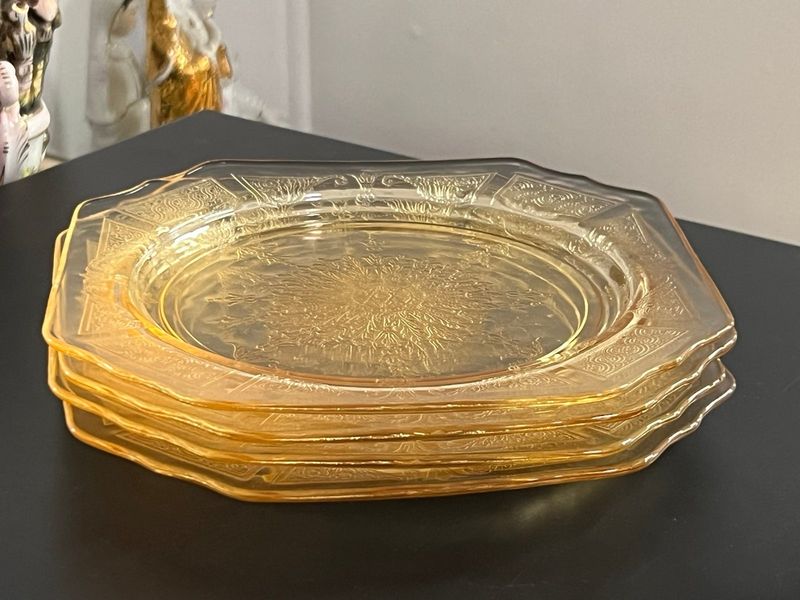
Despite its regal name, Princess pattern struggles to command attention in today’s collecting circles. The relatively simple design lacks the intricate details that drive collector passion.
Amber Princess pieces particularly languish on shelves. Even though genuine depression glass has historical significance, the pattern’s commonplace appearance and overwhelming availability keep prices stubbornly low.
6. Jeanette Doric And Pansy
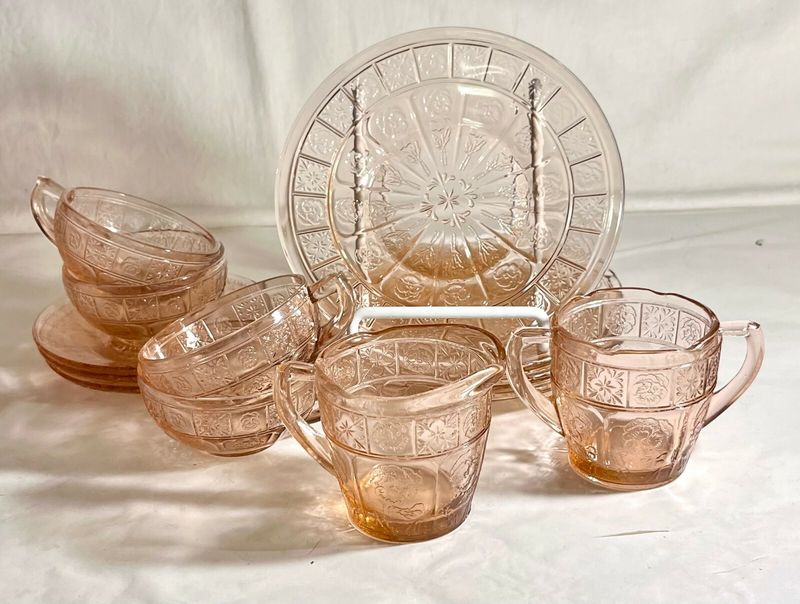
Manufacturing flaws plague these patterns, with air bubbles and inconsistent coloring making them less desirable. The secondary market struggles to move these pieces even at bargain prices.
Many collectors find the Doric columns and Pansy floral designs somewhat bland compared to more intricate depression glass patterns. Despite being genuine period pieces, they lack the visual punch that drives collector enthusiasm.
7. Hazel-Atlas Cloverleaf
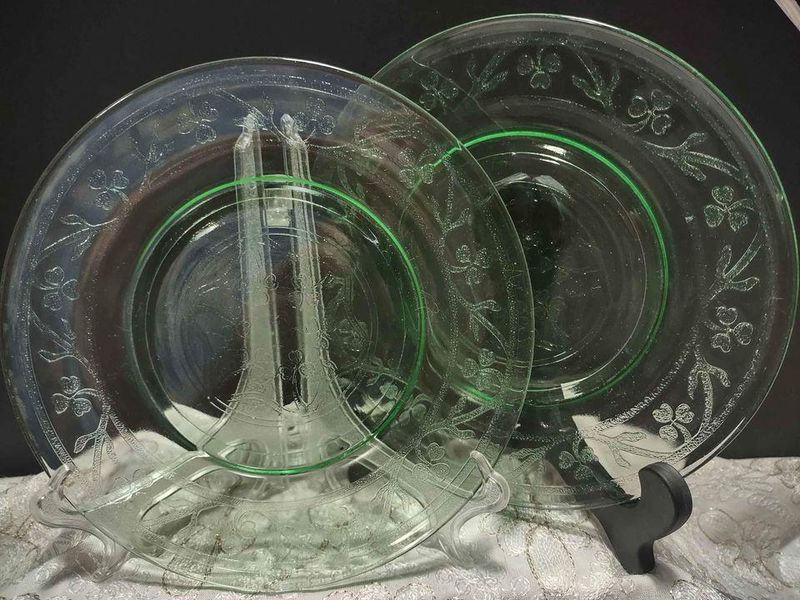
Casual collectors often mistake Cloverleaf for more common patterns, causing it to be undervalued in the market. The subtle four-leaf clover design doesn’t photograph well for online sales.
Green Cloverleaf pieces particularly struggle to find homes in modern collections. Though authentic depression glass from a major manufacturer, pieces regularly sell for bargain prices that don’t reflect their historical significance.
8. Jeanette Sunflower

Bright yellow coloration makes this pattern less versatile for display and modern table settings. Many collectors find it clashes with their home décor, limiting its appeal.
Reproduction concerns plague authentic pieces. Casual buyers struggle to distinguish between vintage Sunflower and newer copies, driving down confidence and prices for even genuine depression-era examples.

